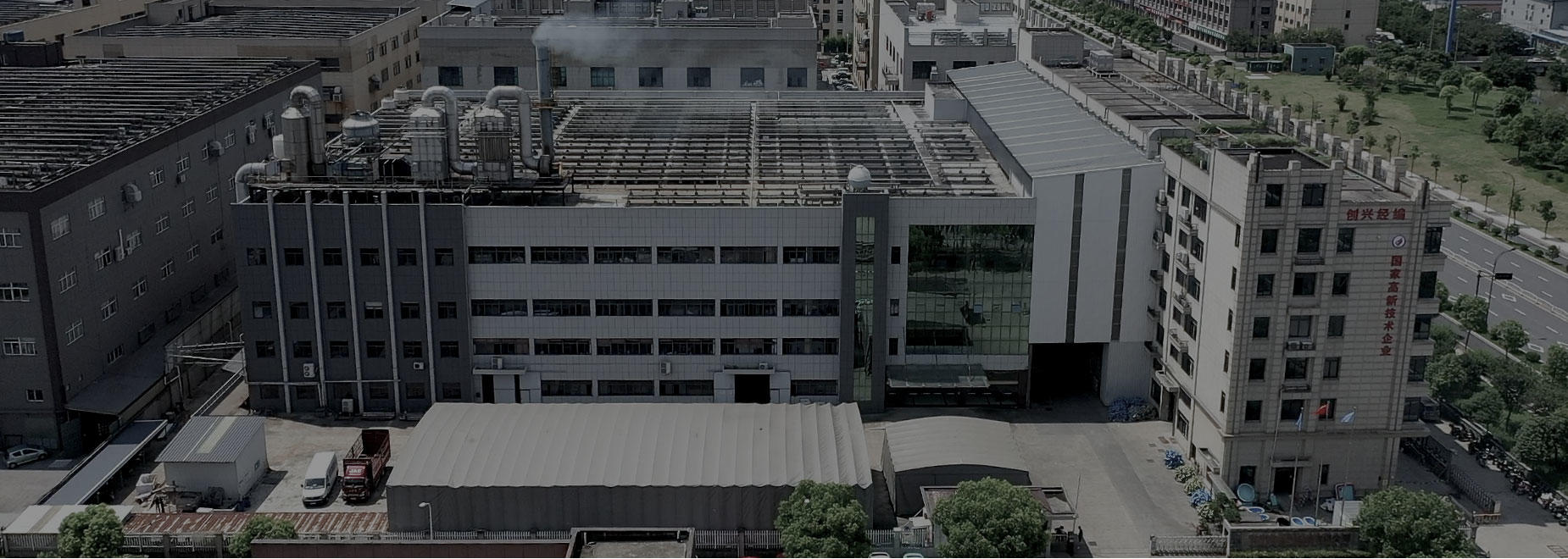
Artificial Leather Base Fabric Explained: Materials, Flexibility, and Applications
Artificial leather base fabric, often referred to as faux leather fabric, serves as the essential foundation for a wide range of synthetic leather products. This fabric forms the backbone that provides both structure and durability to the leatherette surface, allowing it to mimic the look and feel of genuine leather while offering enhanced performance characteristics. Understanding the materials used, its inherent flexibility, and its diverse applications can provide valuable insights into why artificial leather base fabric has become a preferred choice in many industries.
At its core, artificial leather base fabric is crafted from various synthetic materials, with polyurethane (PU) and polyvinyl chloride (PVC) being the most common. These materials are selected due to their remarkable durability and resistance to wear and tear, which are critical for products that undergo frequent use. PU, in particular, is prized for its softness and elasticity, giving faux leather fabric a supple texture that closely resembles natural leather. PVC, on the other hand, offers excellent waterproofing and is often chosen for products requiring enhanced resistance to environmental factors.
The manufacturing process of artificial leather base fabric involves weaving or knitting synthetic fibers into a flexible textile base. This base is then coated or laminated with PU or PVC to create a leather-like finish. The combination of a pliable fabric base and a durable synthetic coating ensures that the final product can withstand bending, folding, and stretching without cracking or losing its shape. This flexibility is a crucial advantage, especially in applications where the material must conform to complex shapes or endure continuous movement.
Flexibility in artificial leather base fabric allows designers and manufacturers to explore a broad range of applications. In the automotive industry, for example, faux leather fabric is extensively used for car seats, interior trims, and steering wheel covers due to its durability and ease of maintenance. Similarly, in the furniture sector, artificial leather base fabric provides a cost-effective and animal-friendly alternative to genuine leather, offering easy cleaning and resistance to stains. Fashion and accessories brands also rely on faux leather fabric to produce handbags, wallets, and footwear that combine style with practicality.
One notable manufacturer contributing significantly to this field has a strong presence in the global market, supplying artificial leather base fabric to over 100 countries across regions including America, Southeast Asia, and South Africa. Their integrated approach encompasses design, development, production, and sales, enabling them to maintain high-quality standards and adapt to evolving market demands. This holistic management ensures that the artificial leather base fabric they provide meets the stringent requirements of various industries, reflecting both innovation and reliability.
The growing demand for sustainable and cruelty-free materials further fuels the popularity of faux leather fabric. Artificial leather base fabric not only reduces reliance on animal products but also allows for customization in terms of texture, color, and thickness, providing versatility unmatched by traditional leather. Its relatively low maintenance requirements and resistance to fading and cracking also contribute to longer product lifespans, which aligns with consumer preferences for durable goods.
Artificial leather base fabric plays a vital role in the production of high-quality synthetic leather products. The selection of materials such as PU and PVC, combined with the fabric’s flexibility, makes faux leather fabric suitable for diverse applications ranging from automotive interiors to fashion accessories. Manufacturers that integrate design and production capabilities ensure that these fabrics meet global standards, supporting the widespread adoption of artificial leather in various sectors. As consumer awareness around sustainability and animal welfare grows, artificial leather base fabric continues to position itself as a practical and stylish alternative to genuine leather.